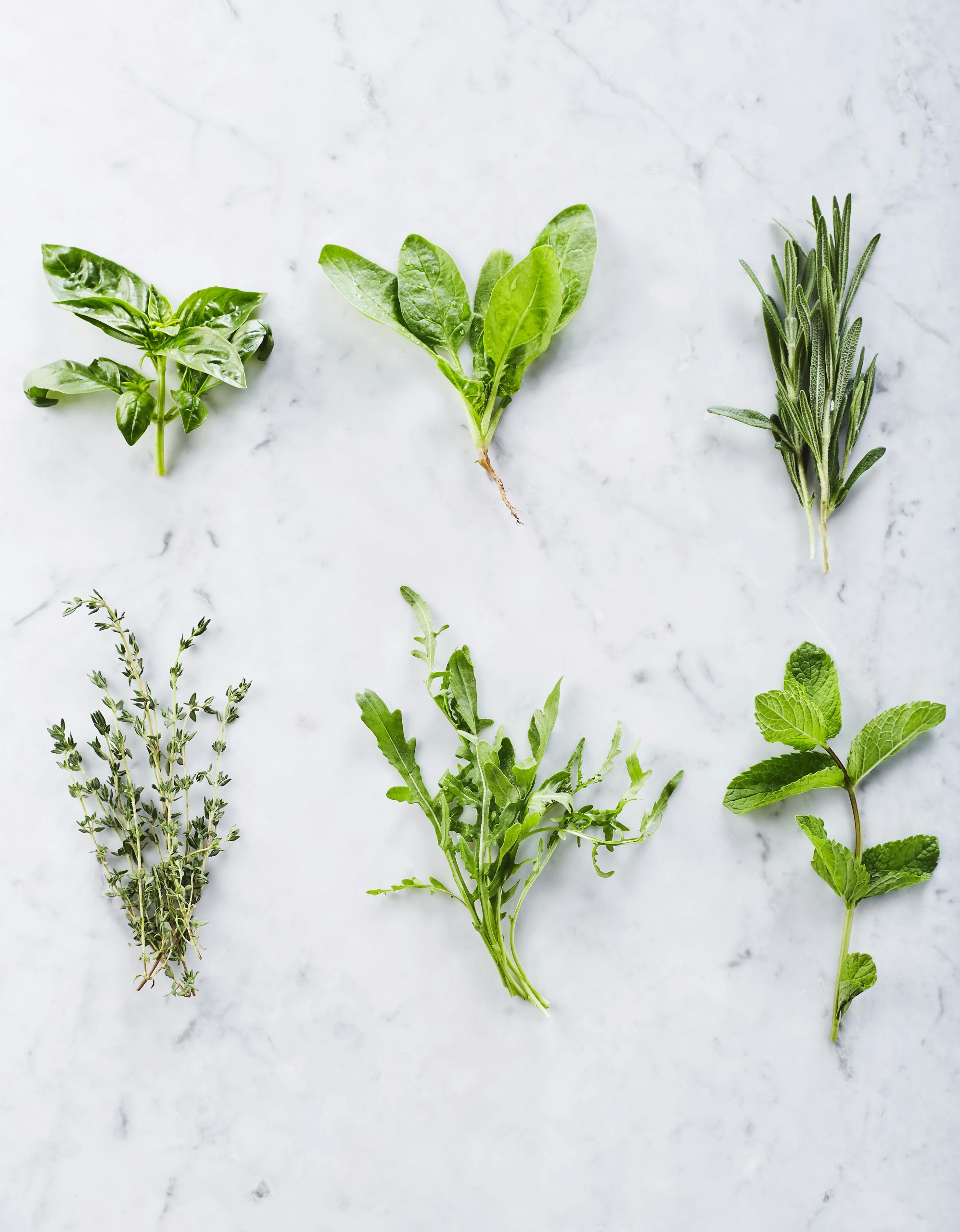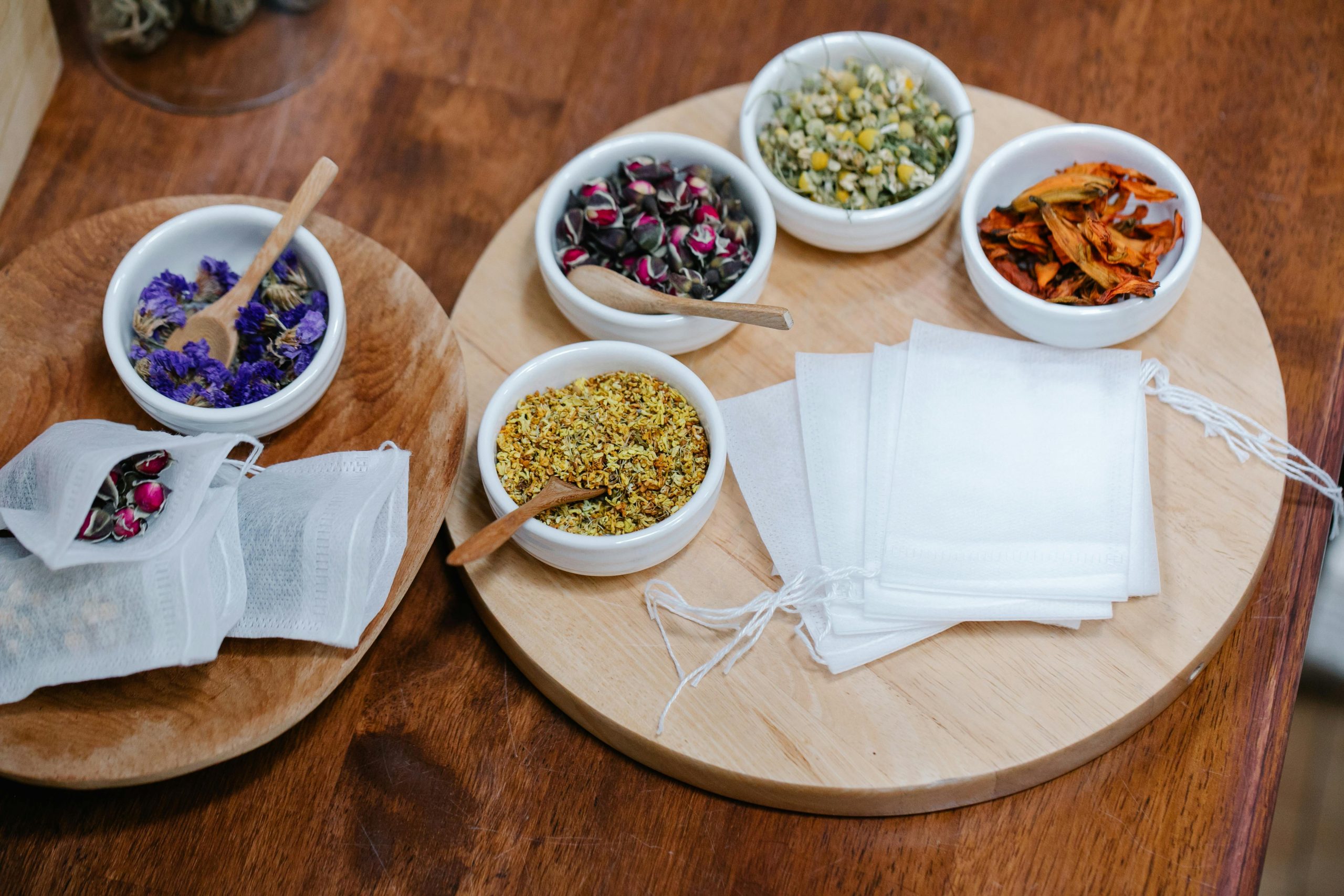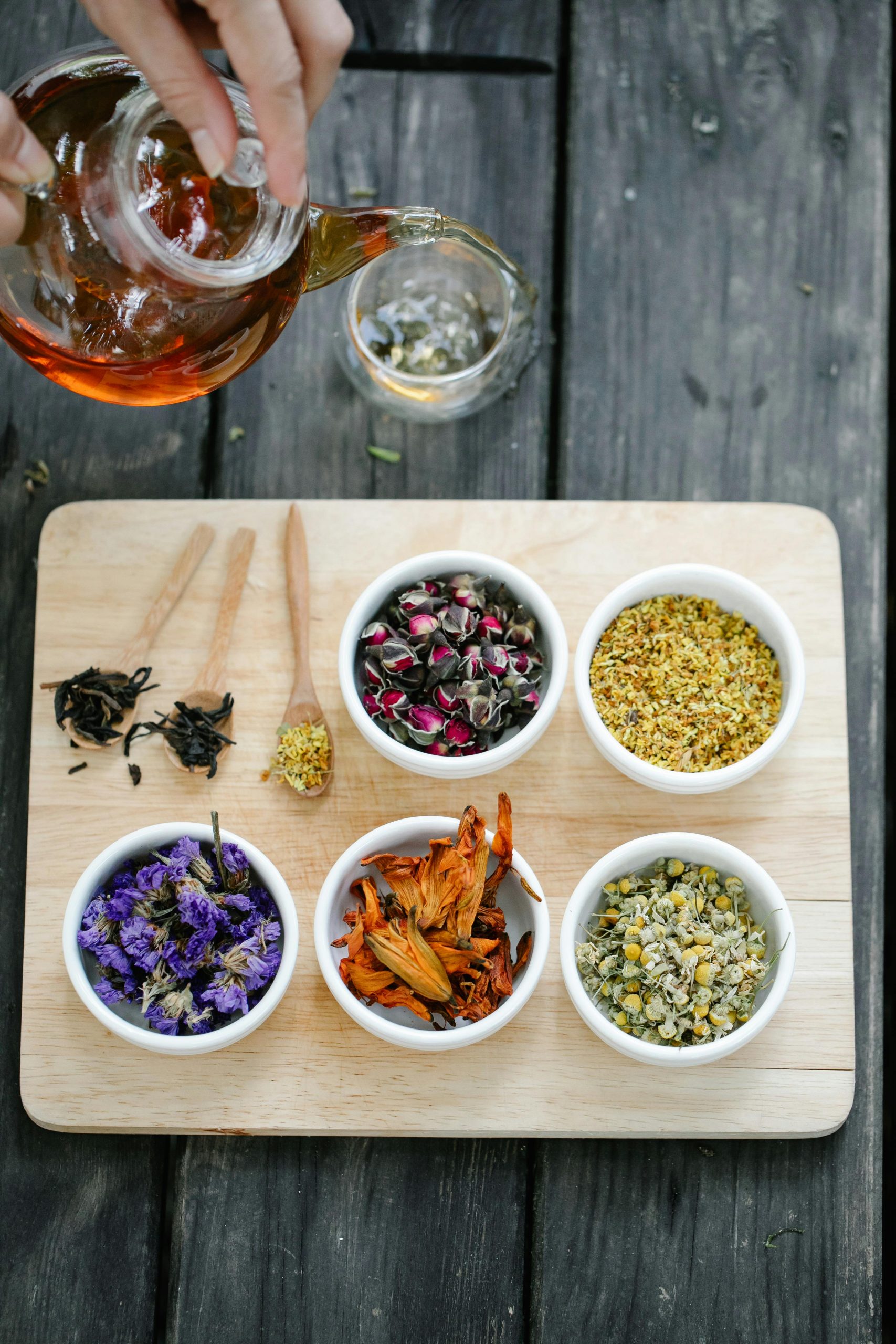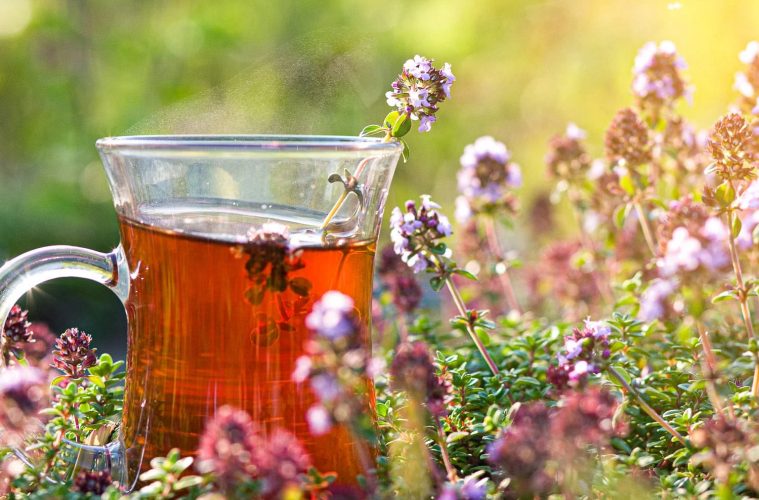There’s something special about enjoying a cup of tea brewed from herbs you’ve grown yourself. Not only is it rewarding, but it also ensures you’re sipping on the freshest, most flavourful ingredients.
Building your tea garden is simpler than you think—whether you have a spacious backyard or just a sunny windowsill.
Follow these tips on growing your own tea garden:
Choosing your herbs
Start by selecting herbs that thrive in your climate and growing conditions. Here are a few popular choices for a tea garden:

Pexels
Chamomile
Chamomile is a low-maintenance herb that does well in both full sun and partial shade. Its fragrant flowers are soothing and perfect for bedtime teas.
Fennel
Known for its licorice flavour, fennel is ideal for tea. Ensure it has enough space to grow and flourish—whether in a garden bed or a large container.
Lemon Balm
With its zesty lemon flavour, lemon balm is a perennial herb that does best in partial to full sun. It’s not only tasty but also has medicinal properties.
Lemon Verbena
This herb offers a citrusy twist to your tea. Lemon verbena thrives in sunny spots but should be potted to control its growth and protect it during colder months.
Peppermint
A classic choice for tea, peppermint adds a refreshing touch. Grow it in containers to prevent it from spreading and overtaking your garden.

Pexels
Planting your tea garden
Whether you’re using garden beds or containers, ensure your herbs have well-draining soil. For garden beds, consider sandy loam soil for optimal growth. In containers, choose potting soil that retains moisture without becoming waterlogged.
Caring for your tea herbs
Most tea herbs are relatively low-maintenance but benefit from regular pruning to encourage bushier growth. Harvesting regularly not only provides you with fresh leaves but also helps the plants thrive.
Harvesting and brewing
Once your herbs are ready for harvest, snip a few leaves or flowers and brew them immediately for a fresh cup of tea. Optimal harvest time is in the morning when the essential oil content is at its highest.
Drying herbs for later use
To preserve your harvest, dry the herbs by tying them in bundles and hanging them in a dry, well-ventilated area. When the leaves are dry and brittle, store them in glass jars labeled with essential details.

Unsplash
Whether you have limited space or a sprawling garden, cultivating herbs for tea is accessible to everyone. With a bit of care and attention, you’ll soon be savouring homemade herbal teas that are as fresh and organic as can be.
ALSO SEE: Easy medicinal herbs and plants to grow in your garden
Feature image: Unsplash


